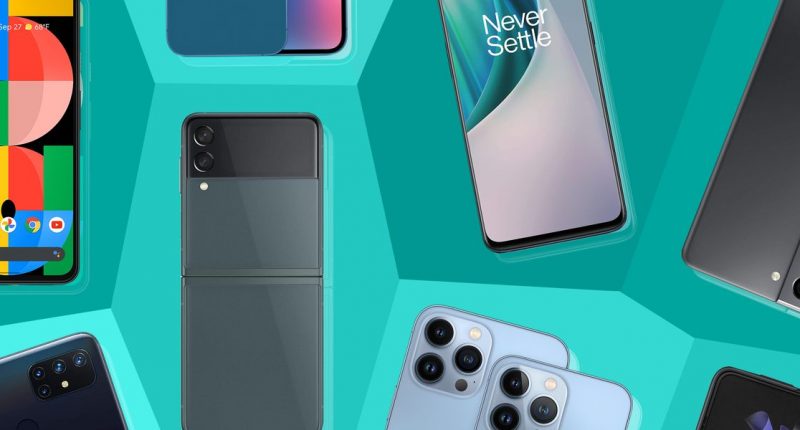Along with the decline in the demand for PCs in the third quarter of the year, the global smartphone market suffered significantly during the same period. A report by Canalys informs that the third quarter of the year has turned out to be the worst such quarter since 2014.
Continuing its streak of declines this year (Q3 marks the third consecutive decline), shipments for smartphones across the world dropped by 9% during the quarter. And what’s worse is that things do not look to change anytime soon – Canalys reports that the fourth quarter of 2022 and the first half of next year – that is, the coming six to nine months – are likely to paint a similar and dismal picture, and there are small opportunities for changes to occur amidst an economic downturn, decreased spending, and a tough phase for the global technology sector.
Coming to the performance of the world’s top vendors in the third quarter of the year, we find that South Korea’s Samsung retains its place at the top – it commanded a market share of 22% in Q3 2022, which is slightly better than the 21% it held in the corresponding period in the previous year.
Following in the footsteps of Samsung is an American Big Tech player – Apple, which clocked the greatest growth among the top five smartphone vendors. In the third quarter of the year, the Cupertino-headquartered tech giant consolidated its presence in the sector by increasing its market share from 15% in Q3 2021 to 18% in Q3 2022. The iPhone maker is also, according to reports, slashing production of its iPhone 14 Plus, which was unveiled in the third quarter of the year, as it re-evaluates the demand for the model.
Apple is followed by Chinese smartphone manufacturers Xiaomi, Oppo, and Vivo, which complete the top five.
Xiaomi comes in third place with a market share of 14% (which remains unchanged from Q3 2021) and is followed by Oppo, whose market share fell from 11% in the third quarter of 2021 to 10% in Q3 2022. Vivo, which comes fifth, saw its market share decline from 11% to 9% in the third quarter of the current year. As for the other vendors, their share in the market dropped from 28% last year to 27% in Q3 2022.
According to Canalys analyst Amber Liu, the smartphone market is extremely responsive to the demand of consumers, and vendors are quickly acclimatizing to the challenging business environment.
“For most vendors, the priority is to reduce the risk of inventory building up given deteriorating demand. Vendors had significant stockpiles going into July, but sell-through gradually improved from September owing to aggressive discounting and promotions. The pricing strategy of new products is cautiously crafted, even for Apple, to avoid significant pushback from consumers who now tend to be very sensitive to any price hike,” he said.
“Going into the sales season, consumers who have been delaying purchases will expect steep discounts and bundling promotions as well as significant price reductions on older generation devices. Compared to the strong demand period of the previous year, a slow but steady festive sale is anticipated in Q4 2022. However, it will be too soon to see the upcoming Q4 as the real turning point of market recovery,” informed Sanyam Chaurasia, another analyst at Canalys.
The Tech Portal is published by Blue Box Media Private Limited. Our investors have no influence over our reporting. Read our full Ownership and Funding Disclosure →







